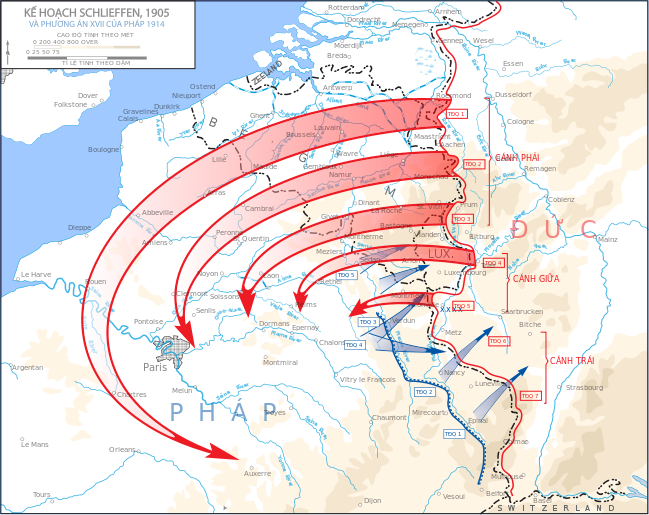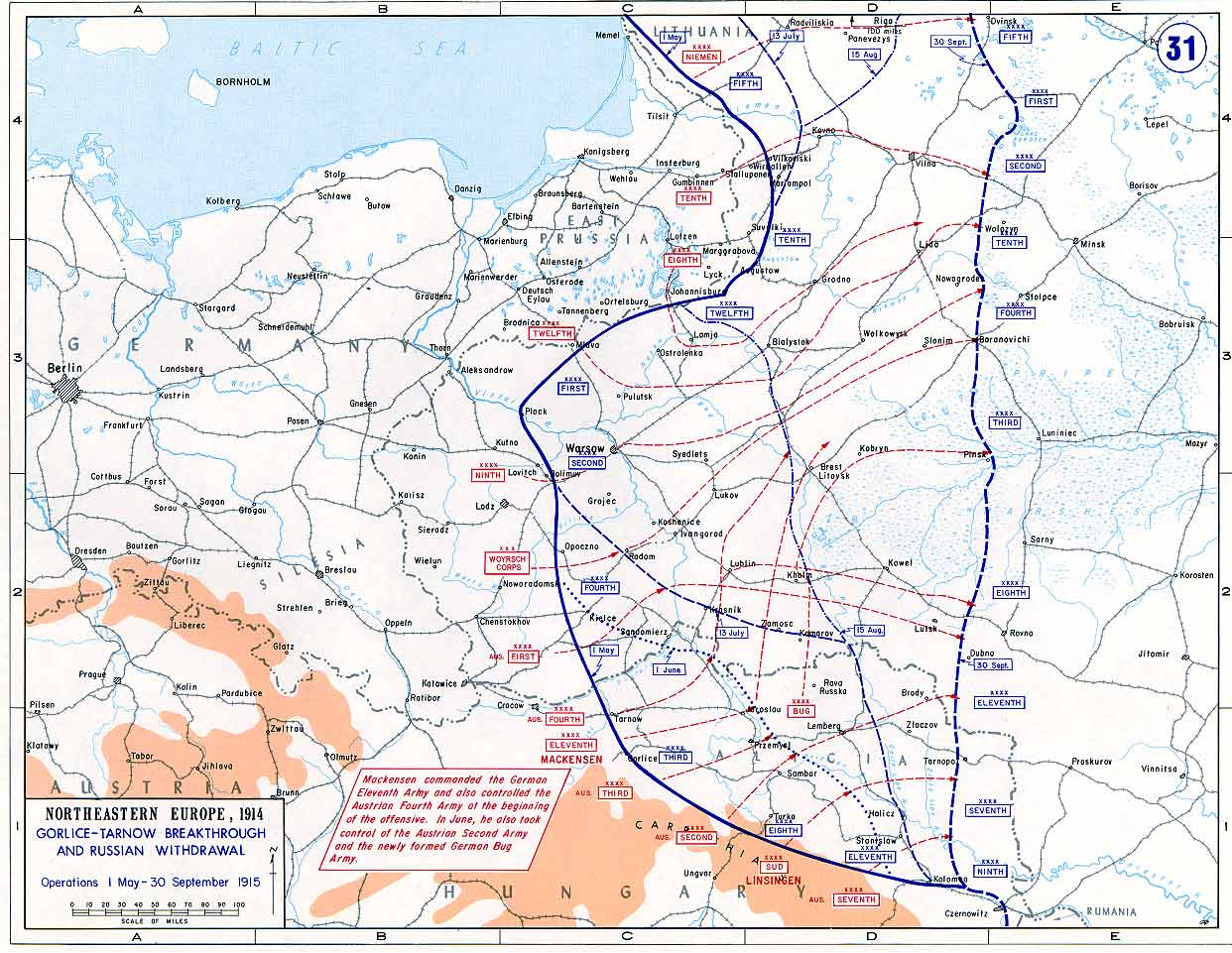1914 – 1915: Illusions and stalemate
A. Government propaganda (ideas spread to influence public opinion for or against a cause) had been also used to obtain their citizens’ support for the war effort. Most people were truly convinced that their nation’s cause was just. Most people also believed that the war would end in a few weeks
B. The German hopes for a quick end to the war rested on a military gamble (The Schlieffen Plan). The German army would then sweep around Paris and surround most of the French army. However, the German advance was halted a short distance from Paris at the Battle of the Marne (September 6-10). To stop the Germans, the French military leaders loaded 2,000 Parisian taxicabs with fresh troops and sent them to the front

C. Trenches in the Western Front. The war turned into a stalemate, with both sides taking shelter in their trenches. Trenches were ditches protected by barbed wire. These trenches soon stretched from the English Channel to the border of Switzerland. This trench warfare kept both sides in virtually the same positions for four years.
D. The war on the Eastern Front was fought much differently. There was a great deal of movement by the various armies on this front. As the war began, Russia moved into eastern Germany but was defeated at the Battle of Tannenberg on August 30 and at the Battle of Masurian Lakes on September 15. These defeats ended the Russian threat to Germany. Italy joined France, Great Britain, and Russia, who were now called the Allies

